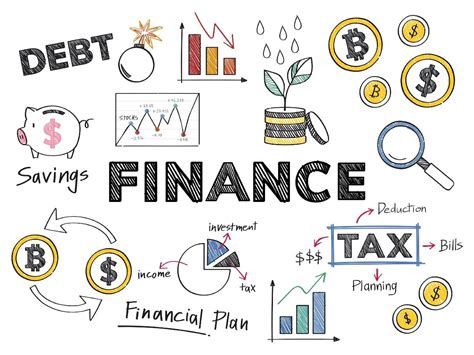Understanding how personal financial risk tolerance shifts over a lifetime is crucial for effective financial planning. While family responsibilities often play a significant role in these changes, even when excluding these factors, men typically exhibit distinct patterns in their risk appetite as they progress from their 20s to their 50s. These shifts are influenced by a blend of psychological factors, accumulating experience, and evolving financial landscapes.
The Audacious 20s: High Stakes and Long Horizons
In their 20s, men often exhibit the highest level of financial risk tolerance. This period is characterized by a longer investment horizon, meaning there’s more time to recover from potential losses. With less accumulated wealth to protect, the perceived cost of failure is often lower. This demographic may be more inclined to invest in volatile assets, experiment with aggressive growth strategies, or even venture into speculative investments. A combination of optimism, less financial literacy, and a ‘learn by doing’ mindset can drive this willingness to take substantial risks, viewing potential losses as valuable learning experiences rather than catastrophic setbacks.

The Calculated 30s: Learning and Adapting
As men enter their 30s, a subtle yet significant shift often begins. While still possessing a relatively long investment horizon, the experiences of their 20s — both successes and failures — start to inform their decisions. They may have accumulated some initial wealth, making the concept of capital preservation more tangible. Risk tolerance might become more calculated rather than purely aggressive. Investments may still target growth, but with a greater emphasis on research, diversification, and understanding the underlying risks. This decade often sees individuals honing their financial literacy, making more informed choices, and integrating lessons learned into their investment strategies.
The Strategic 40s: Balancing Growth and Preservation
By their 40s, men are typically in their peak earning years and have likely amassed a more substantial personal portfolio. The shift towards wealth preservation becomes more pronounced, though growth remains important. The impact of significant losses at this stage can be more detrimental to long-term financial goals, leading to a natural decrease in the appetite for extreme risk. Risk tolerance tends to stabilize, finding a balance between moderate growth and asset protection. Investment decisions are often made with a more strategic, long-term view, carefully weighing potential returns against acceptable levels of risk, drawing heavily on decades of personal financial experience.

The Prudent 50s: Nearing the Finish Line
Approaching their 50s, men’s financial risk tolerance generally continues to trend downwards. With retirement potentially on the horizon, the focus shifts more definitively towards capital preservation and income generation. The time horizon for recovering from major investment losses shortens significantly, making high-risk, high-reward strategies less appealing. Investment portfolios typically become more diversified, with a greater allocation to less volatile assets. While still seeking reasonable returns, the primary objective is often to protect the accumulated wealth and ensure financial stability for the later stages of life. The psychological impact of potential losses also increases, reinforcing a more conservative stance.

Underlying Drivers of Shifting Risk Appetites
Several non-family related factors underpin these evolving risk tolerances. Firstly, **accumulated wealth** plays a role: having more to lose naturally leads to greater caution. Secondly, **financial literacy and experience** grow with age; men typically gain a deeper understanding of market dynamics and investment vehicles, leading to more informed and often less impulsive decisions. Thirdly, **cognitive biases** evolve; youthful optimism might give way to experience-driven prudence. Finally, the **changing perception of time** is critical. A 20-year-old has decades to recover from a market downturn, while a 50-year-old nearing retirement has a much narrower window, making capital protection paramount.

In summary, even without the influence of family responsibilities, men’s personal financial risk tolerances undergo a typical progression from higher, more aggressive levels in their 20s to more measured and eventually more conservative approaches by their 50s. This journey is shaped by a continuous accumulation of financial knowledge, real-world experience, and a changing perspective on the role of time and wealth in their personal financial landscape.





